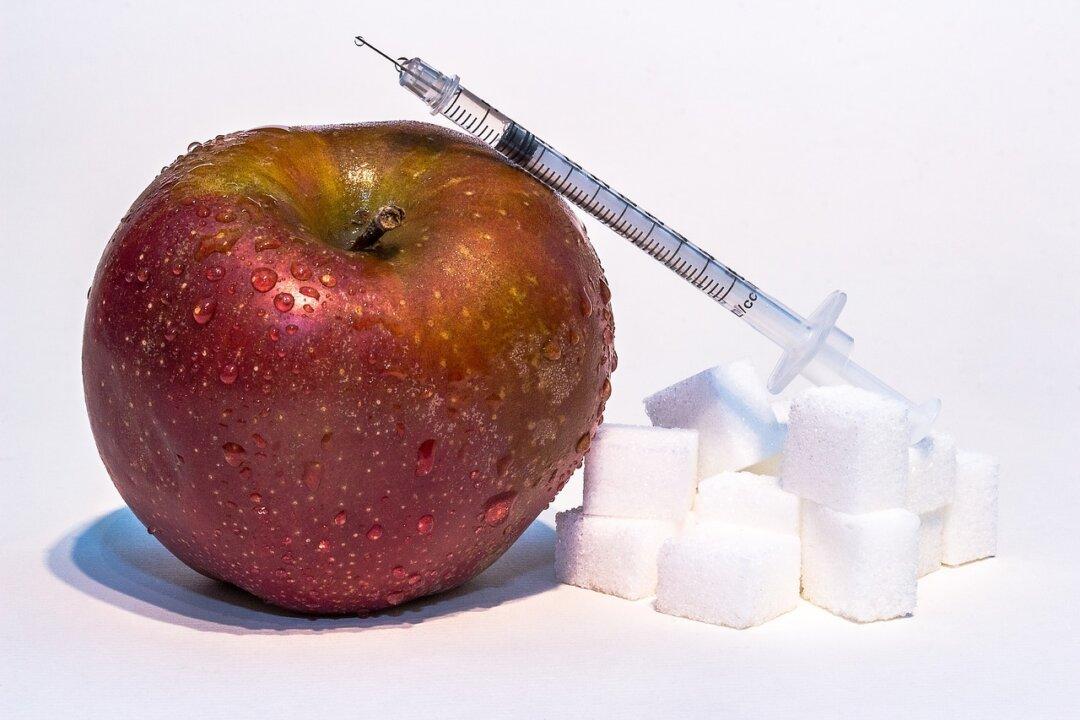Parents of a diabetic 17-year-old who went to bed and never woke up have launched a campaign on Nov. 16 for other Type 1 diabetics to have affordable access to glucose monitoring to avoid the same “dead in bed syndrome” as their daughter.
Teenager Daniella Meads-Barlow fell victim to “dead in bed” syndrome (DIBS) or nocturnal hypoglycaemia, a disease which results in unexpected deaths in young diabetic patients without any history of complications.






